On the west coast, we are lucky enough to have multiple world-class wine regions within a road trip’s distance from each other. But if you’re newer to the wine industry, you might be unsure of where to start, or what to expect from Oregon wines, as opposed to those of our southern neighbor. Luckily, we at The Dundee were able to sit down with Hans Van Dale from The Dusky Goose to help start this journey: specifically identifying the similarities and differences between California and Oregon Chardonnay. Read all about Hans and his take on Chardonnay below, and make sure to book a tasting at The Dusky Goose next time you stay at The Dundee!

The Dundee: Can you tell us a little bit about yourself and what brought you to both the wine industry in general and Dusky Goose specifically? What would you say are the most challenging and rewarding parts of your role there?
Hans Van Dale: I grew up just south of Santa Cruz, California in a little town called Aptos, where I earned a degree is Biology from UCSD. In 2006, following graduation, my interest in fine food and wine lead me to take a winemaking internship with Cakebreak Cellars in Napa Valley. That internship turned into 5 years of fulltime employment and a lifelong passion for wine.
After 10 years of working in Napa Valley, my wife and I decided to explore winemaking opportunities outside of Napa. (She is also in the industry.) As an Oregon native and Pinotphile, the Willamette Valley was at the top of her list for possible destinations. In 2016 we moved to the Valley and began working for Andrew Rich (me) and Penner-Ash (her). And it was actually my wife’s job at Penner-Ash that introduced me to The Dusky Goose, which I immediately fell in love with.
Currently, I am the winemaker for both Dusky Goose and Rambeaux wines. As the sole production employee, I am responsible for all things winemaking, from the moment the grapes get picked to when the finished wines are bottled. I do, however, bring on help during the harvest season when there’s more than I can manage on my own.
The most difficult part of my job is filling the shoes of our founding winemaker, Lynn Penner-Ash. I’m fortunate enough to have been mentored by her for a couple of years when she was first transitioning to her new consulting position. While the most exciting part of my job is seeing what each vintage brings and trying to capture that in a bottle. The marriage of our house style, the singular personalities of our vineyards, and seasonal variation are what make The Dusky Goose special to me.
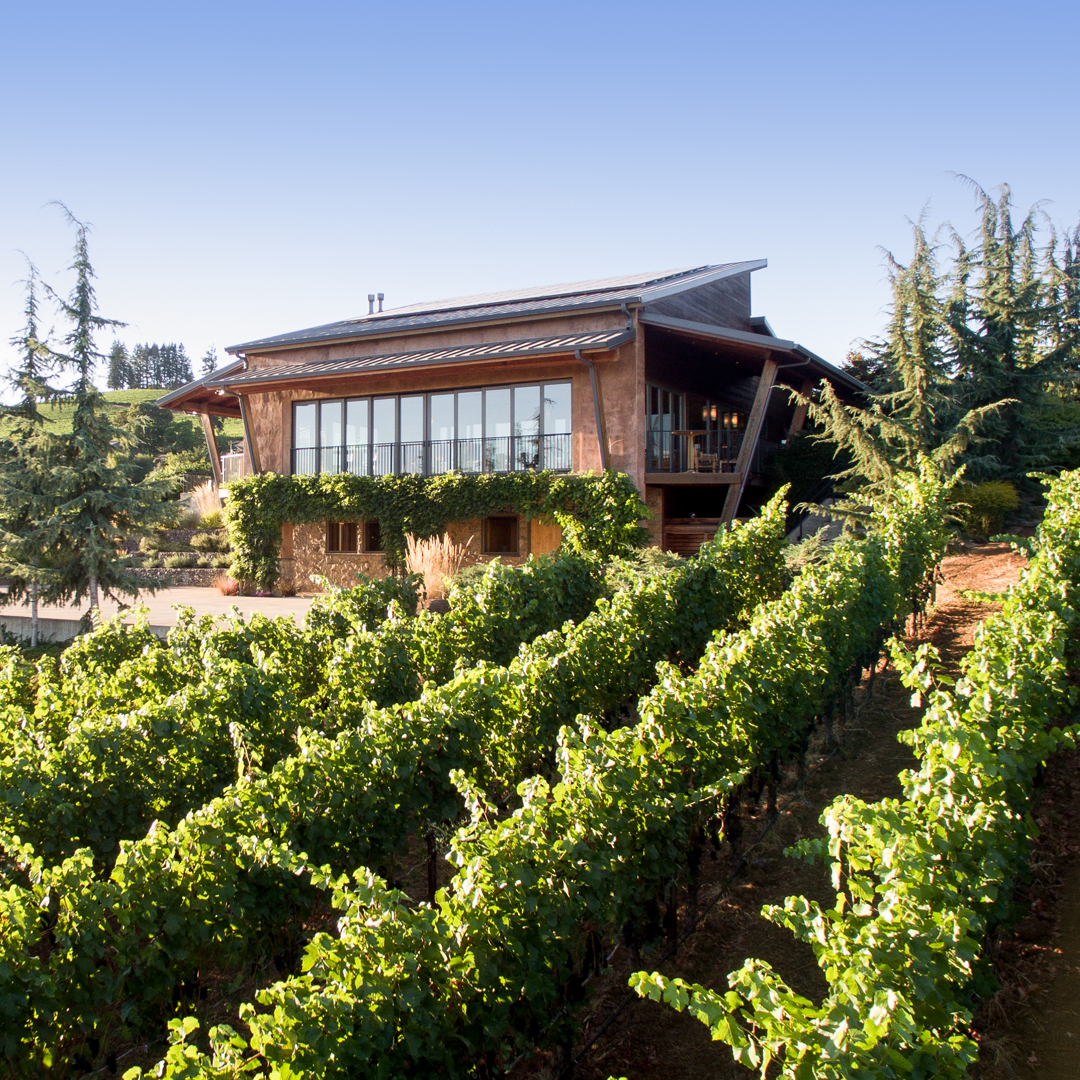
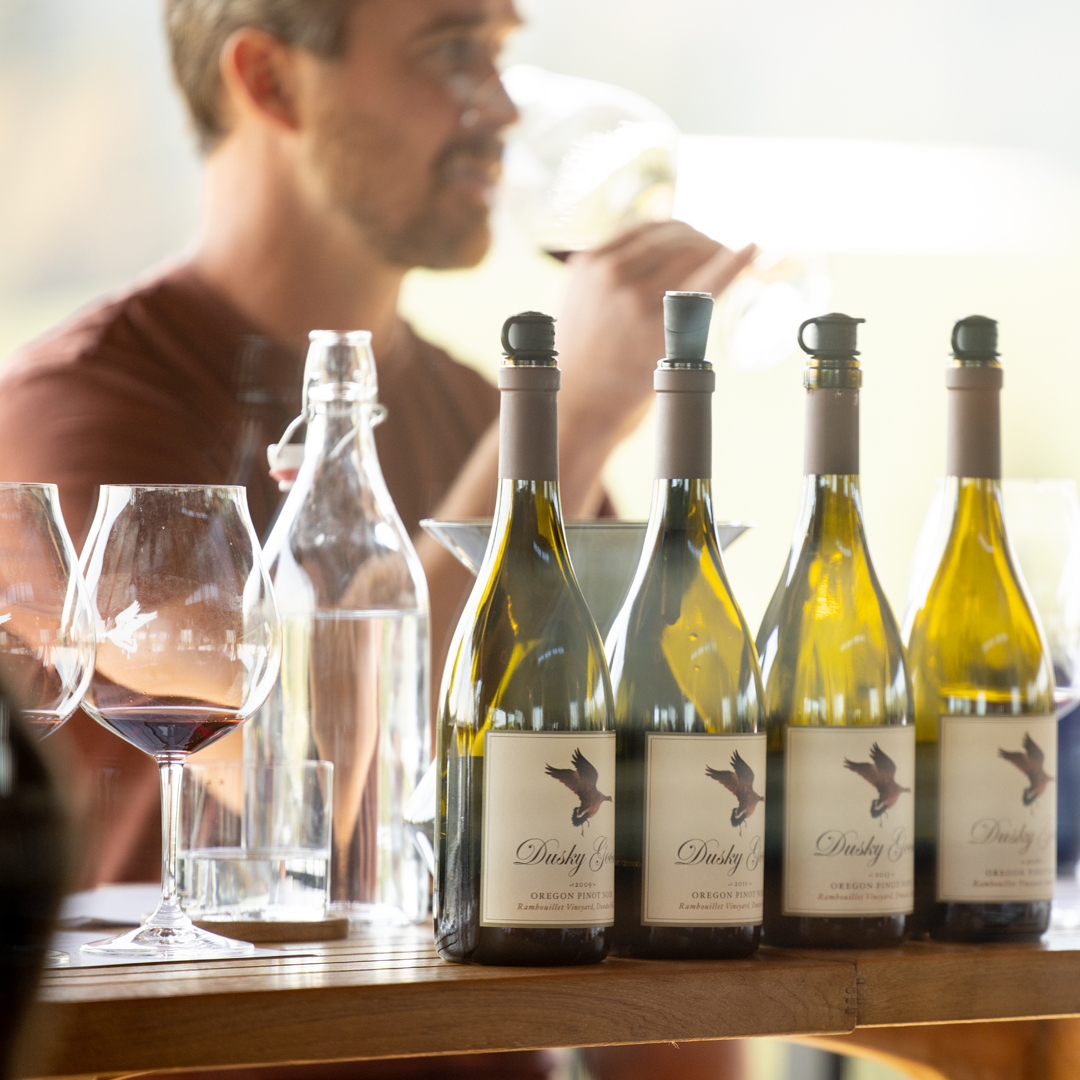
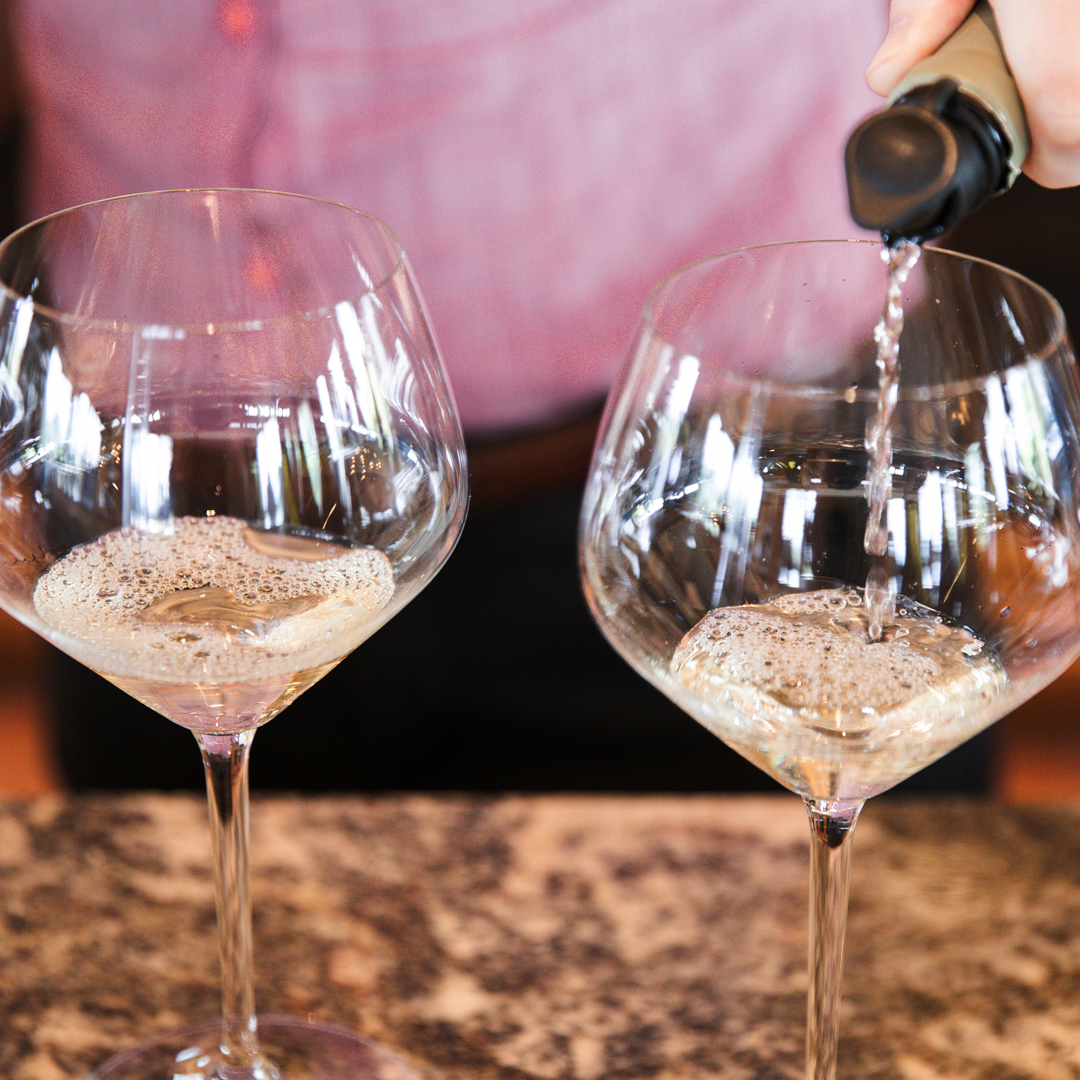
D: In general, what do you think makes Chardonnay such a popular varietal? And what distinguishes it from other white wines?
H: I think Chardonnay’s popularity is due to its versatility. Stylistically it can take many forms and therefore appeal to a wide range of consumers. Those styles also give it a flexibility in terms of food pairing.
In comparison to other white wines, Chardonnay is a relatively neutral grape that lends itself well to manipulation in the winery. Much of what you taste in the bottle is dictated by fermentation and aging choices. In contrast, many more aromatic whites have a ton of personality, and winemakers do what they can to enhance those qualities and not obscure them with things like oak or batonnage. Chardonnay also has more aging potential than many white wines that don’t share its tannin or acid profile.
D: What are some of they key elements of Oregonian Chardonnay? What about California Chardonnay?
H: I think in Oregon many winemakers prioritize the fresh, citrus, minerally side of Chardonnay. Other, usually warmer regions, tend to focus more on opulence and ripe fruit flavors.
All California Chardonnay sometimes get lumped together as being oaky and buttery, but while those wines certainly exist (and are very popular) you can find a multitude of styles in California.
What mostly differentiates California from Oregon Chardonnay is the abundance of sunshine. Simply put, more sun means riper, richer fruit. For California, this results in a higher percentage of stone fruit flavors and less citrus or minerality. While in Oregon, the acidity of the wine will be naturally higher.
Both regions, however, can produce great wine if made by the right hands. It’s all about climate.
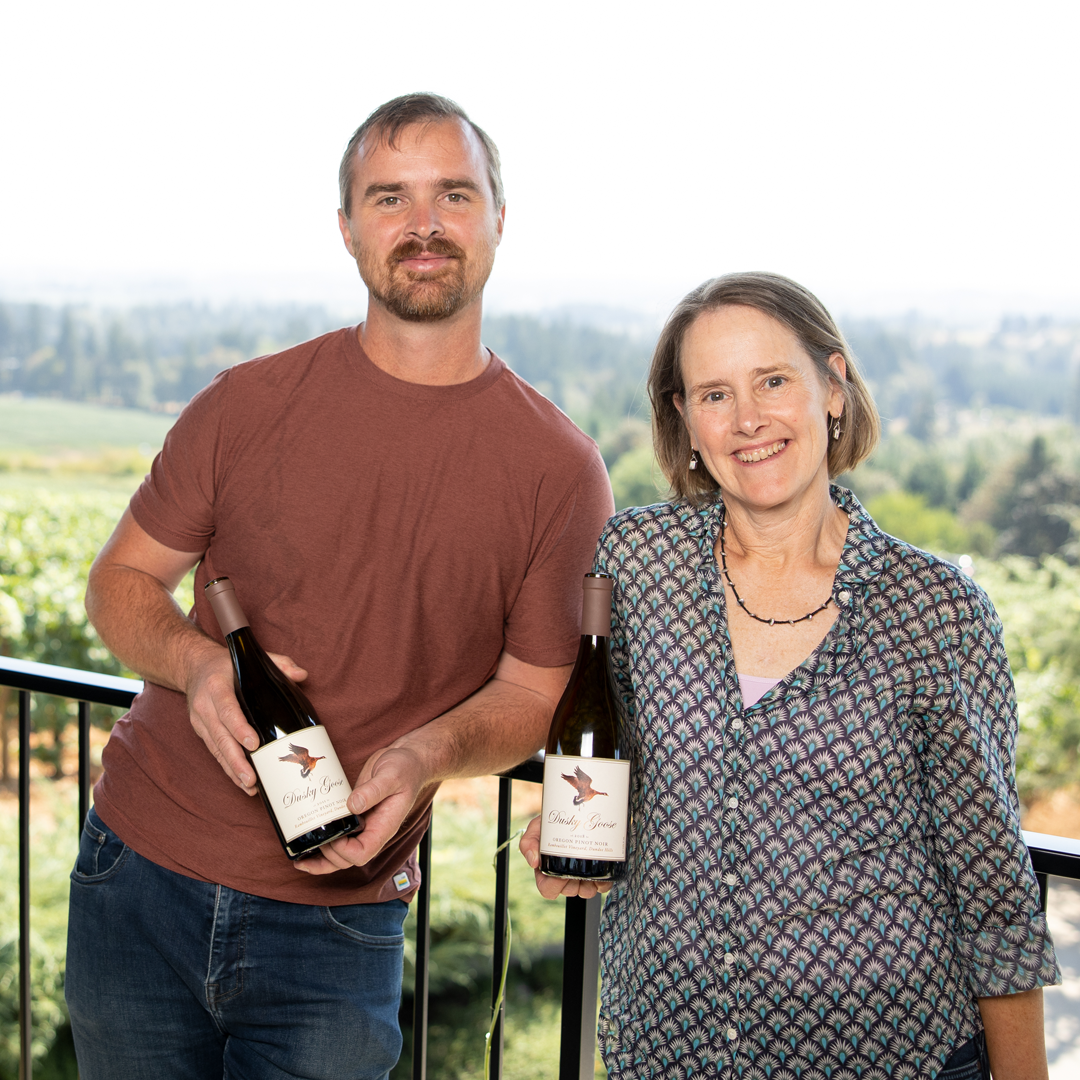
D: I once read that Chardonnay is the “winemakers grape.” What do you think that means, and do you agree?
H: I agree 100%, and touched on this earlier when describing Chardonnay’s differences from other white grapes. Chardonnay is a relatively neutral grape that lends itself well to manipulation in the winery. Much of what you taste in the bottle is dictated by fermentation and aging choices, all of which are made by the winemaker.
D: What elements of Chardonnay are the most constant, and which are the most subjective to change?
H: As with all agricultural products, Chardonnay is subject to seasonal variations. This will influence ripeness, acidity, tannin maturity, and fruit profile. The best vineyard sites carry inherent qualities that set them apart. I find that those qualities shine through regardless of the growing season. Not really chardonnay specific, but sort of answers your question?
D: The Dusky Goose website mentions that you love to make “age-worthy wines with a sense of place.” Can you elaborate on that?
H: My number one goal as a winemaker is to make something delicious. If I can make a wine that is both delicious and showcases the uniqueness of the place the fruit came from, even better. If I can do both of those things and keep coming back to that wine for the next 20+ years and continue to find pleasure in the bottling….that’s the best.
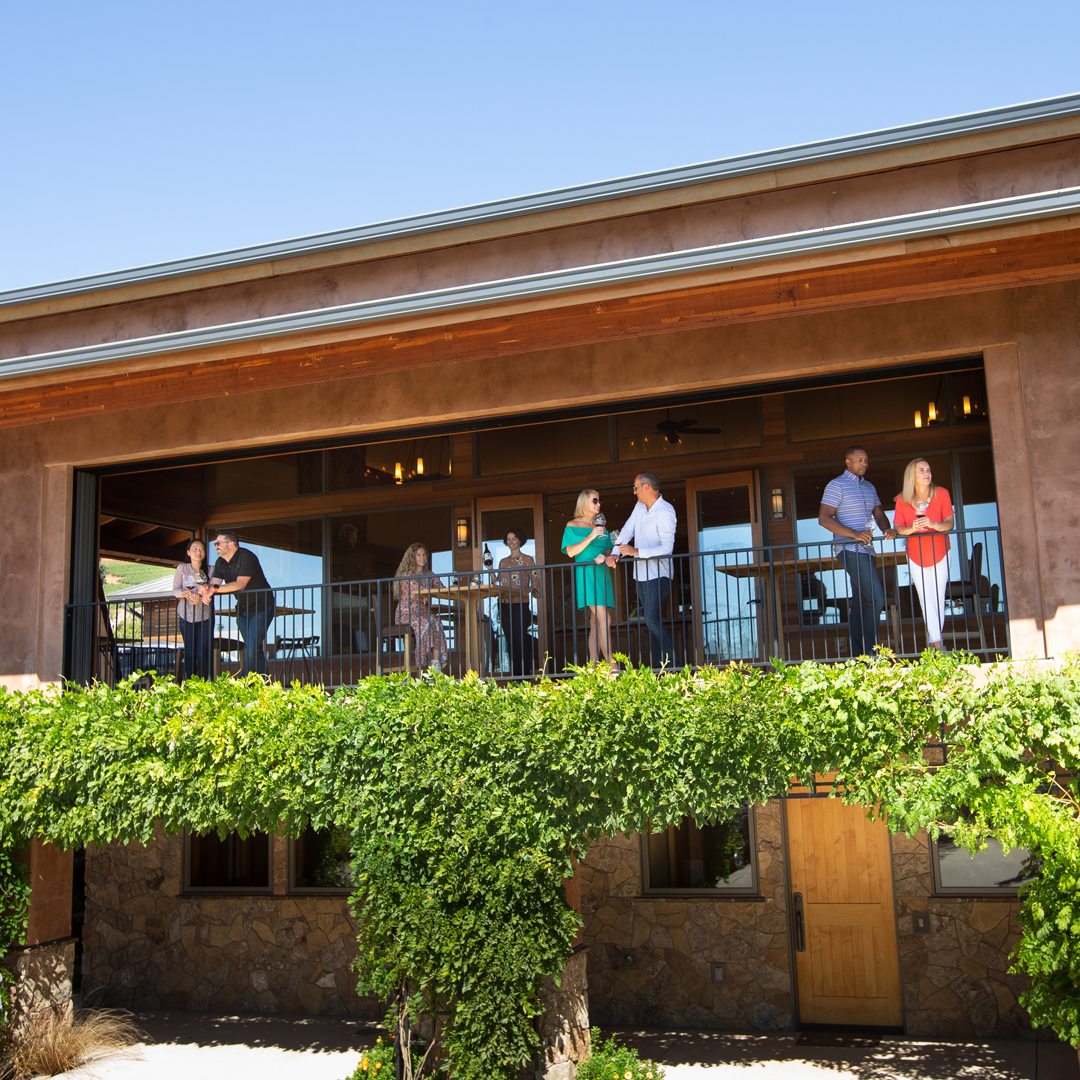

D: How would you describe the flavor of Chardonnay?
H: Depends on the Chardonnay! Hopefully delicious.
D: What is your favorite dish to pair with Chardonnay?
H: Fried Chicken! But I love fried chicken with just about anything.
D: What do you think sets Dusky Goose Chardonnay apart from other Oregonian wineries?
H: The owners of Dusky Goose have been committed to excellence from day one. When John and Linda Carter founded Dusky Goose their goal was simple: produce the best Pinot noir in Oregon. Every decision they made over the last 22 years was made with that goal in mind. When they decided to start making Chardonnay, nothing changed. The goal remained the same, produce the best Oregon has to offer. To that end we’ve been slowly refining every aspect of production. I hope to improve quality every year, even if only by 1%. It’s what keeps me coming back for more.

D: This one doesn’t have to be Chardonnay specific, but what is one of your favorite memories with wine?
H: In 2008 I worked harvest in New Zealand. The group of interns I was working with included four Italians, two French, one South African, and myself. One weekend I tagged along with the French interns, and some of their French friends on a camping trip to the coast. We foraged crab and mussels from the coastline, which we cooked over an open fire on the beach. We ate them with some New Zealand Sauvignon Blanc and spent the night under stars. Since I don’t speak French very little conversation made it my way, but I love that memory regardless.
D: Bonus Question: Is there anything else you’d like to share with our readers and guests?
H: Yes! Dusky Goose is the best, everyone should come to taste, and then join the wine club!
With Cellar season underway, there is perhaps no better time to book your next trip to wine country than now. Skip the crowds, and receive more one-on-one time with the winemakers. We at The Dundee Hotel can’t wait to host you!
